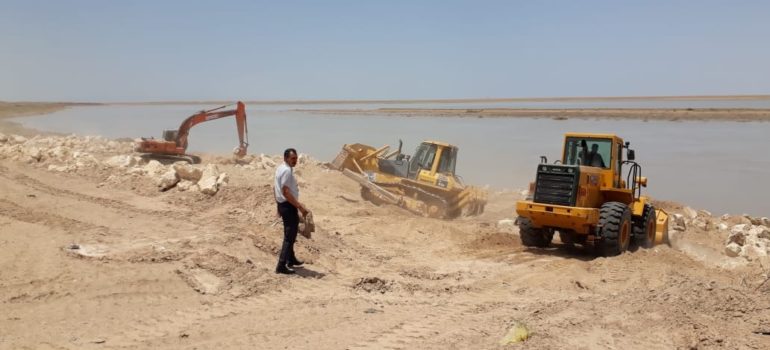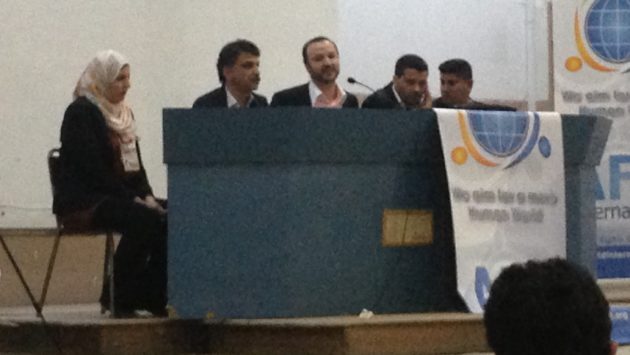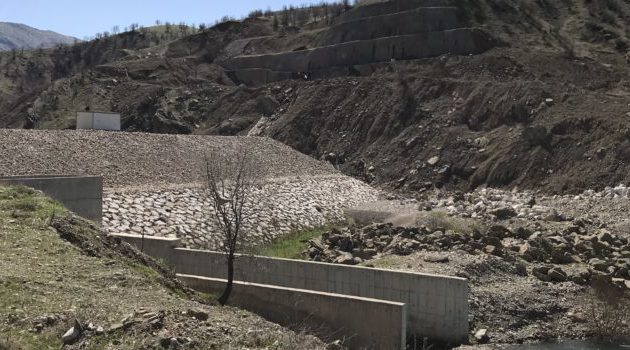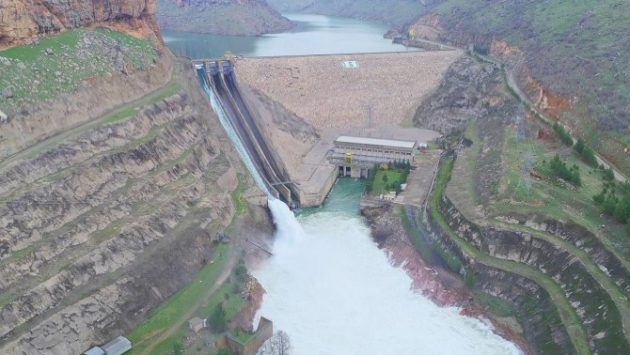Letter From Save the Tigris to the UNESCO World Heritage Centre on Ashur, the Ahwar, and Makhoul Dam: Civil Society Concerns and Requests
From: Save the Tigris Campaign
To: UNESCO World Heritage Centre
Re: Threats to Ashur and Ahwar World Heritage Properties — Civil Society Concerns and Requests
We write as a coalition of civil society organisations from nine countries advocating for the protection of heritage in the Tigris–Euphrates basin. We would like to express our concerns to the World Heritage Center over the State Party of Iraq’s implementation of Makhoul Dam, which would endanger the World Heritage site of Ashur (Qal’at Sherqat, Reference No. 1130) as well as at least 184 other archaeological sites in the area.1 We also believe that filling and operation of this dam and associated irrigation projects present serious additional threat to the natural heritage values of the Ahwar of Southern Iraq (Reference No. 1481). Its wetlands depend on volume and timing of water inflow to be controlled by Makhoul Dam.
We have witnessed the start of the construction work of this dam in May 2021 and currently preparation work for the body of the dam is ongoing. Located 40 km downstream of Ashur, the Makhoul Dam’s reservoir would flood the southern part of the ancient city for a number of months during the year; archaeological remains would suffer from infiltration of water.
In November 2002, a mission organized by the World Heritage Center took place to assess the impact of the construction of the Makhoul Dam. At that time, experts were not provided with any technical information regarding the dam or any environmental or heritage impact assessments. As of now, a full assessment of the specific risks faced by the archaeological site or interventions required has not been made publicly available. The site will require protections from both the reservoir waters and the eventual infiltrations and leakages to the existing and future excavation sites of Ashur.
In its most recent State of Conservation Report of 2020 (published in response to Decision 43 COM 7A.18), the State Party of Iraq requests from the World Heritage Center “technical assistance in order to preserve the city of Ashur and the archaeological sites in Makhoul Dam basin.” We understand that meetings have taken place between the State Party, the World Heritage Center, and the Regional Center for World Heritage in Bahrain to reach a solution to safeguard the World Heritage site. We would request the World Heritage Center to share the outcomes of these meetings.
We would request the World Heritage Center to:
- Demand that the State Party of Iraq make public the feasibility study/Environmental Impact Assessment which should study not only the impacts on the Ashur site but also on the other numerous archaeological sites which would be threatened by Makhoul Dam as well as the impact of dam construction and operation on the Mesopotamia Marshes ecosystem within the Ahwar of southern Iraq World Heritage property;
- Clarify what alternatives to the dam have been considered and what their heritage impacts would be;
- Clarify when the dam would start operations, how much time is available to conduct salvage excavation and studies in the meantime, and whether an invitation will be launched to archaeological expeditions at an international level to participate in the salvage excavations and studies of the Makhoul Dam reservoir area;
- Clarify if the World Heritage Center will assist in salvage excavations of the other 184 existing archaeological sites in the dam reservoir area besides the ancient city;
- Clarify what the fluctuations of the water levels at the Ashur site would amount to and what hydrological changes are expected at the Ahwar of southern Iraq World Heritage property during filling and operation of the dam;
- Based on this information, clarify what salvage measures for the Ashur site will be implemented, such as a proposed retaining wall;
- Clarify whether scientifically based environmental flow requirements could be met if the dam is built and what operational requirements are imposed on the Makhoul reservoir to safeguard downstream wetlands;
- Inform whether a reactive monitoring mission of ICOMOS and the World Heritage Center to the site will take place in the upcoming period; and
- Refer specifically to Makhoul Dam in the next Decisions to be adopted at the World Heritage Committee regarding both potentially affected properties.
Reiterating parts of our previous letter of April 2021, we would request that the World Heritage Committee require the State Party of Iraq and countries involved to:
- Undertake a basin-wide Strategic Environmental Assessment of existing and proposed dams on the Tigris-Euphrates Rivers and their tributaries, with a specific mandate of assessing future impact on flows to the Ahwar. The Strategic Environmental Assessment (SEA) should be conducted in compliance with IUCN Guidance for World Heritage Environmental Assessments, with opportunities for public participation;
- Halt the design and financing of new dam projects until a SEA is available to guide such development and its conclusions are made public and reviewed by the World Heritage Center and IUCN. Once the SEA is available Environmental Impact Assessments (EIAs) for each large dam and reservoirs upstream need to fully incorporate the conclusions of the SEA and be submitted to WHC and IUCN for review; and
- Request State parties of Turkey and Iran who control water flow from Tigris and Euphrates basins to cooperate with Iraq on abovementioned SEA studies and stop water impoundments and diversions until the SEA conclusion is reviewed by the WHC and Advisory bodies.
Sincerely,
Save the Tigris Campaign




